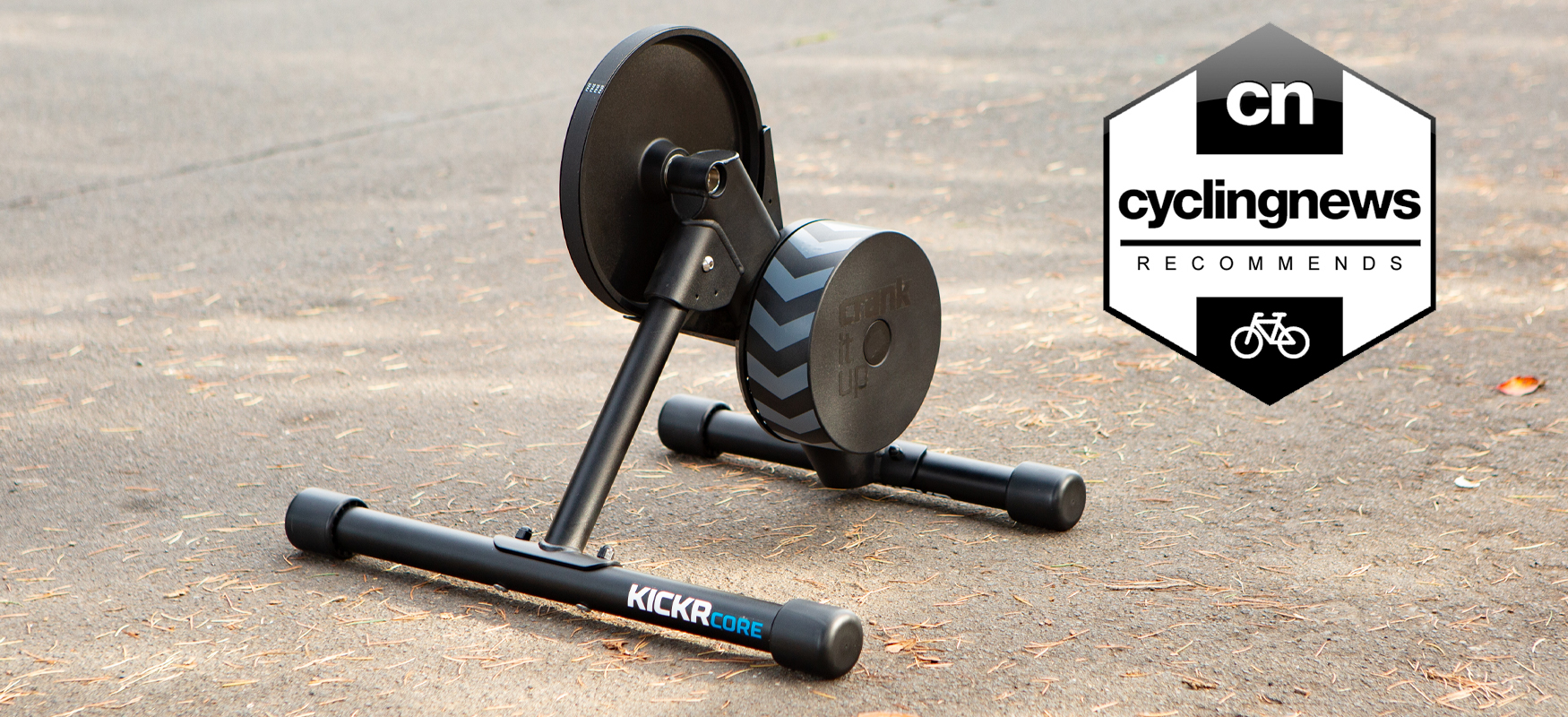Cyclingnews Verdict
The Kickr Core is the budget wheel-off trainer in the Wahoo lineup but the performance is anything but budget. Wahoo leverages a deep well of experience to create one of the best trainer experiences available
Pros
- +
Super-fast power adjustment in ERG mode
- +
Robust phone app allows ERG riding
- +
Excellent support
Cons
- -
No way to level the unit if the floor isn’t level
- -
Cassette not included
You can trust Cyclingnews
There's a ton of reasons to consider indoor training. For most people, it's the oncoming of cooling weather and dark skies but there's a lot more to it than that. It's also a great place to do specific interval workouts, an amazing way to ride actual routes before you race them, and with the right gear it can even be an excellent social outlet or race venue. Whatever indoor riding might mean to you; you need to start with the right equipment.
Start looking for that equipment and the Wahoo Kickr Core is bound to come up. It made our list of best smart trainers and there's basically no discussion of indoor cycling that's complete without mentioning it. Wahoo has become synonymous with indoor training over the years and the Kickr Core represents the brand's least expensive option for a wheel-off smart trainer. It sounds great, but is it really that good? Keep reading to see what we thought after some time doing intervals, free riding, and racing with the Wahoo Kickr Core.
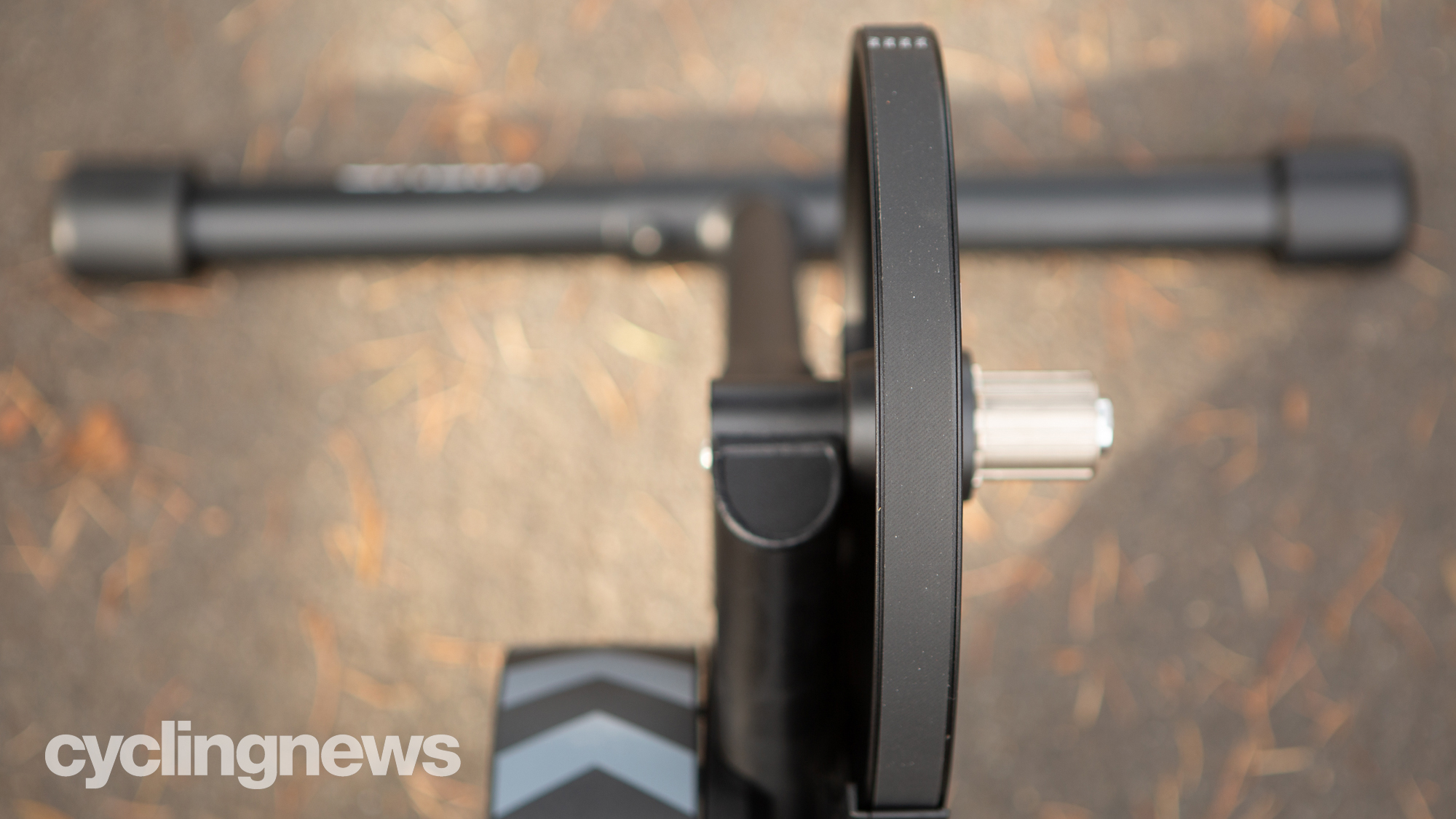
Design and aesthetics
The technology at play with the Wahoo Kickr Core isn't groundbreaking. At least not anymore. There was a time when it might have been, but in 2021 we are pretty spoiled and the Kickr Core is using established technology. To help simulate outside momentum there's a 5kg flywheel responsible for storing energy and smoothing the acceleration and deceleration. Getting that flywheel up to speed happens via belt drive and that belt drive deserves some discussion.
When Wahoo redesigned the belt system back in the summer of 2018 it was a big part of the marketing. The then-new Kickr and Kickr Core models both benefited from a new design that reduced noise. Rest assured, the Kickr Core makes less noise than the drivetrain on your bike. In the last few years, the competition has caught up somewhat, but the Kickr Core is still a leader when it comes to noise.
Once up to speed the belt and flywheel either simulates real-life riding or matches specific power in ERG mode. Max gradient simulation stands at 16 per cent and max power is 1,800 watts. Like other systems on the market, the flywheel smooths delivery, but resistance changes happen through an electromagnetic brake system.
The Kickr will connect to just about every device on the market, and wireless protocols available are ANT+ FE-C, ANT+ Power, Bluetooth Smart Trainer Control, and Bluetooth Smart Power. The Kickr Core supports three concurrent Bluetooth connections in case you want to connect to more than one device via Bluetooth. For those using Apple TV, or anyone with limited Bluetooth connections available, cadence data goes out along with power and control data. That means all the trainer data is in one channel and you still have another channel for heart rate. The power reported comes by way of a single optical power meter, not strain gauges, with a promised accuracy of +/- 2 per cent.
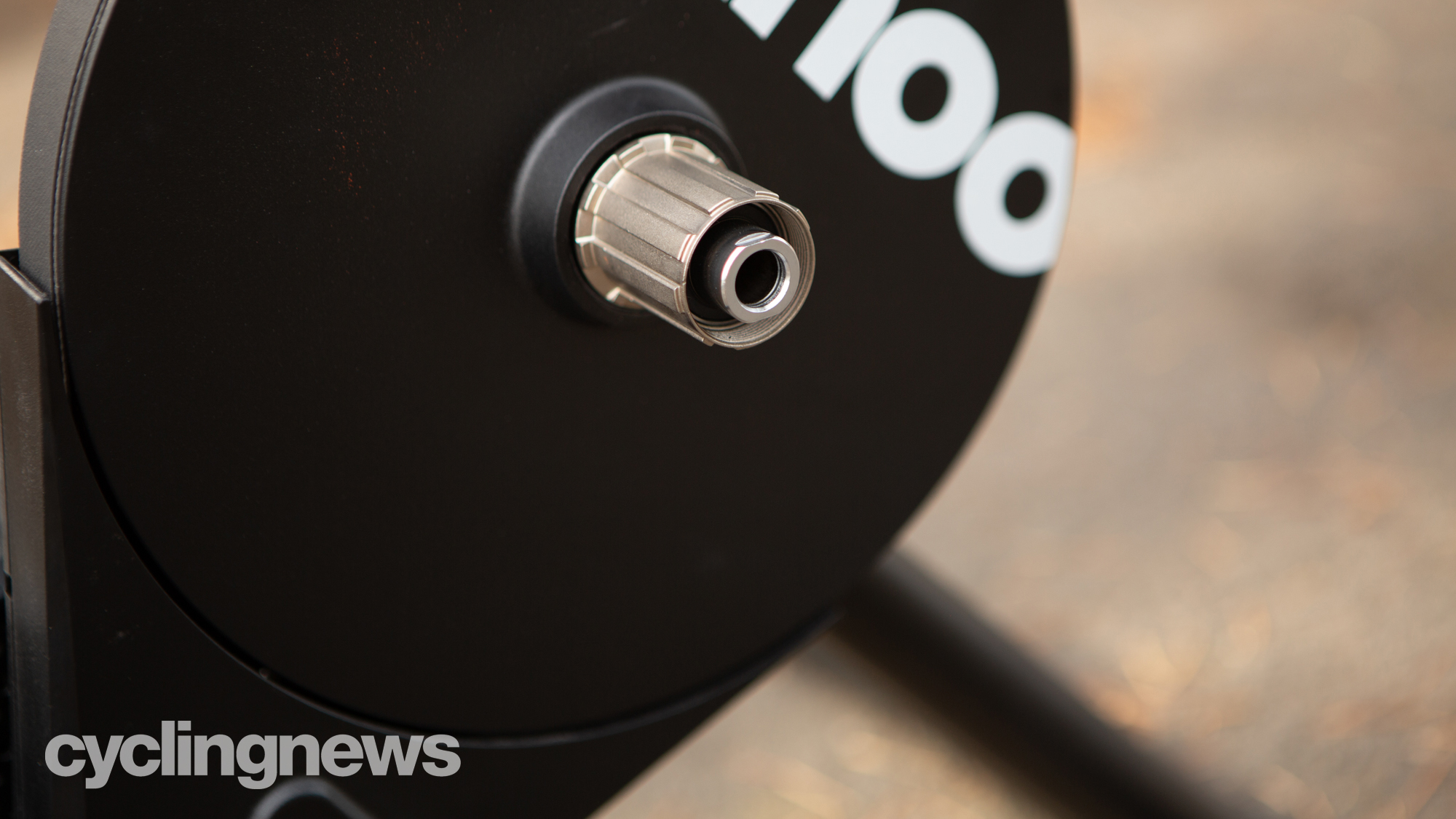
Connection to the bike is equally expansive. Through a system of swappable inserts, the Kickr Core works with 12x142 and 12x148 thru-axles and standard 130/135mm quick releases. There's also room for disc brakes with clearance for flat-mount or post mount. Whatever bike you have and whatever software you want to use, it's unlikely you'll have an issue.
What is a little more unique about the Kickr Core is the aesthetic design. It's totally stripped down. Out of the box, it requires some assembly to connect the steel cross pipes that form the support. From the base, the steel frame continues up into a simple V shape. On the right is the flywheel with the belt and the cassette. On the left is the resistance unit with power and LED indicator lights. There's much less plastic cladding than the competition and the only nod to design for design's sake is the chevron patterns and "crank it up" text on the resistance unit.
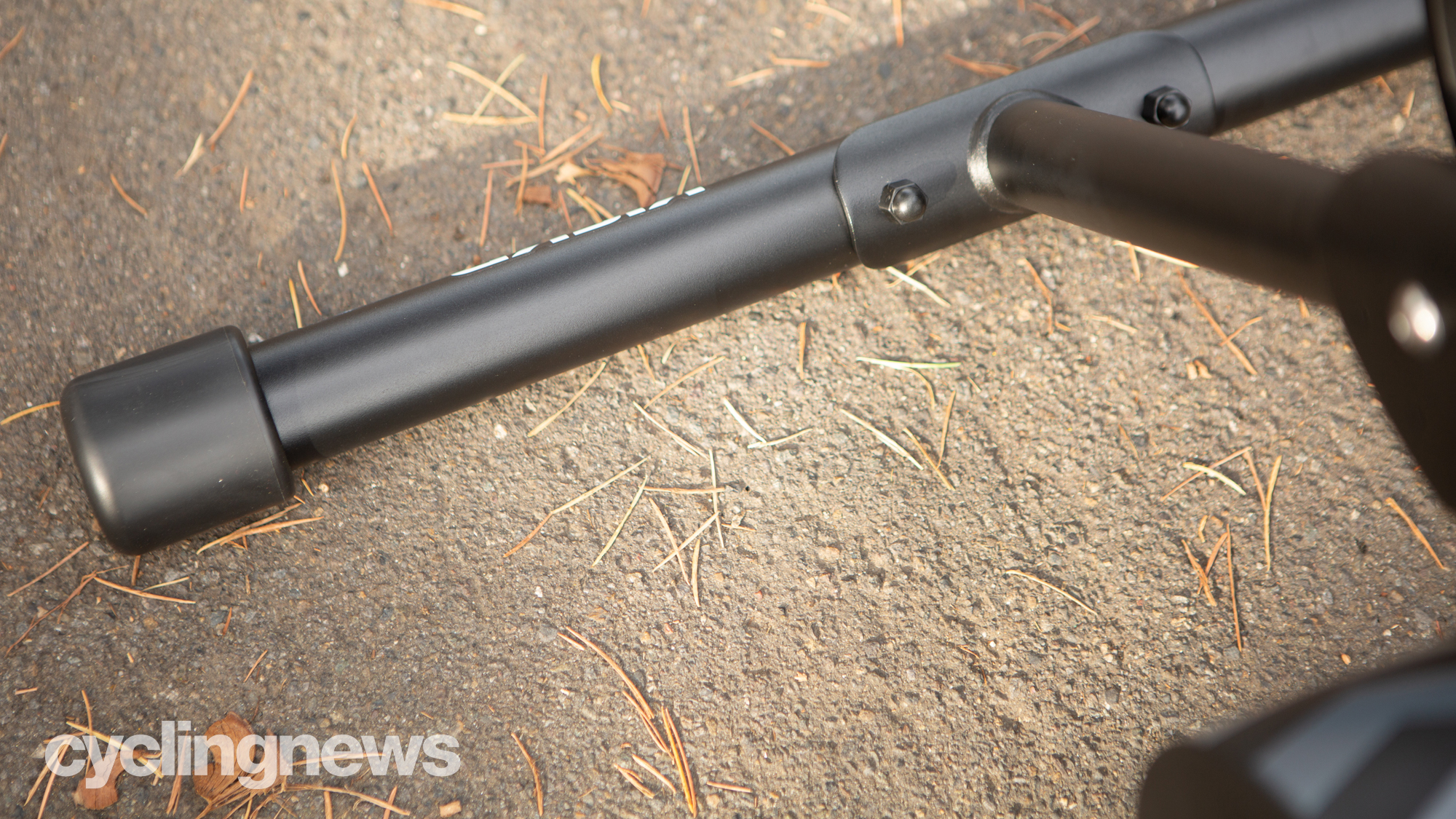
Performance
The Kickr Core requires some assembly and does not include a cassette. That's not the best start to the user experience and I think it's a point of pain. In comparison to other trainers, the visual isn't as nice either. My whole first impression was not great. I thought for sure I wasn't going to like the Kickr Core. Then I plugged it in and started testing.
As soon as I started riding my whole opinion changed completely. I knew I had a race coming up so the first thing I wanted to do was jump into TrainerRoad and test how fast resistance was able to change in ERG mode. In general, I find wheel-off smart trainers tend to either provide a good road feel or hold tightly to ERG mode, so I started with short, intense, intervals. What I found was rather astounding. The Kickr Core manages to respond lightning fast to a change in required resistance but, also does it smoothly.
There's never the feeling of hitting a wall of resistance. Instead, it stays smooth but pulls the power into line within a few seconds. With an interval that short there's always a slight curve to the power line but Wahoo doesn't overshoot and it happens fast. Really fast. The only way to overwhelm the software tuning is to put too much power in when the set resistance is low. You'll get a short dropout in power as everything catches up.
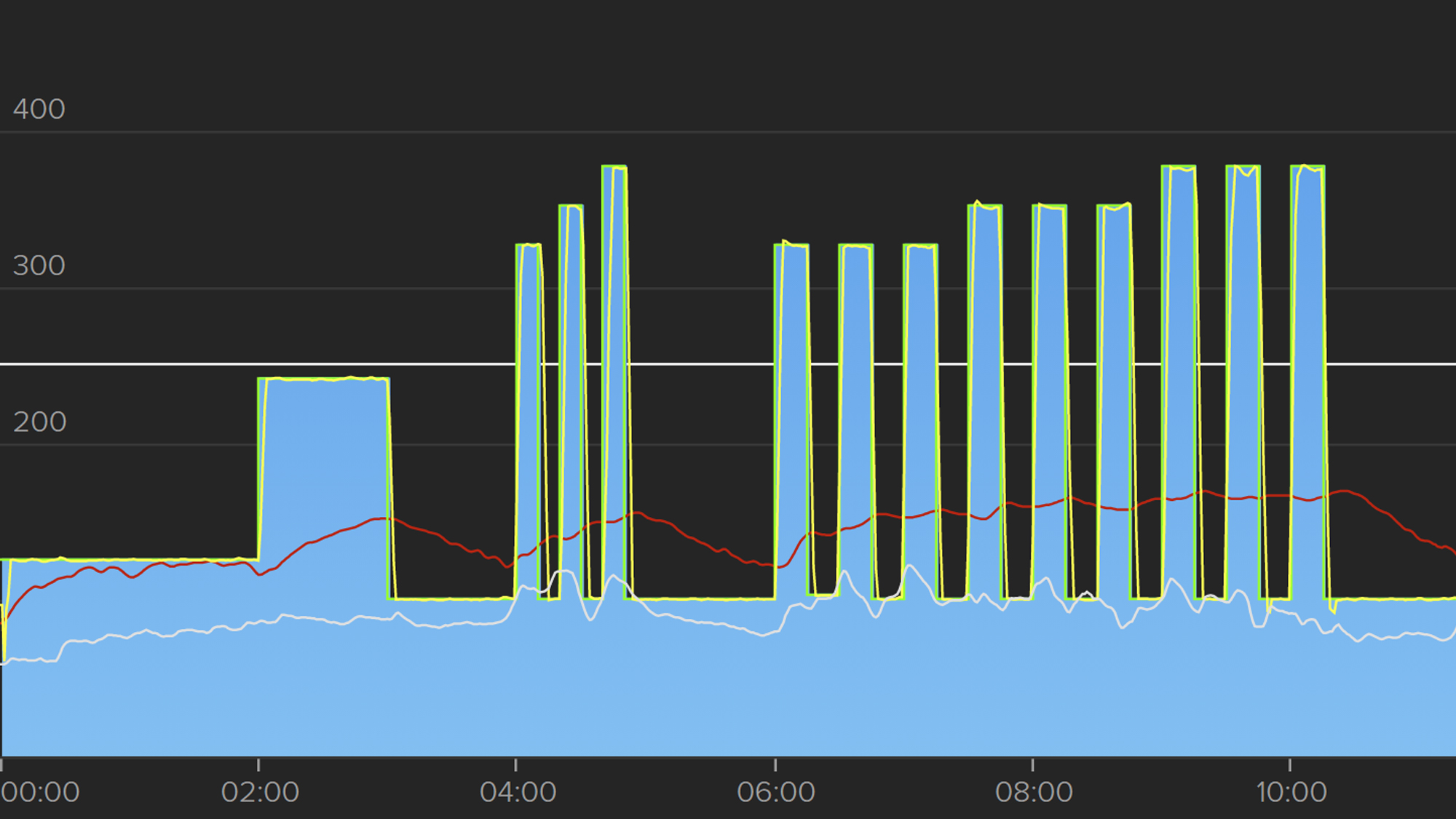
The other super noticeable feature is the lack of noise. I mentioned in the previous section that Wahoo makes a big deal out of how quiet the belt drive system is. That's not the news though. High-quality smart trainers have managed to master reduced noise and should be less noisy than the drivetrain and fan. What is different with the Kickr Core is how silent the freewheel is.
I live in a small house and sometimes ride outside the room my wife works in. We have a running joke that I'm allowed to do intervals as long as I don't stop pedalling. Free riding is not allowed because coasting is too loud. The Kickr Core changes the equation. It's so quiet I can ride however I want without disturbing anyone in the next room.
Aside from testing noise and ERG performance I also spent some time racing in Zwift. The idea here is to check the road feel. I can report that it’s very good. If anything, the feel is maybe a little overdamped and slightly numb compared to real life. It's hard to put a finger on the difference between outside and inside because your brain will always know you are staring at a screen. It's very close though and certainly as good as other systems. Sprint stability is good too, although not the absolute best and you will need a level floor. I was able to notice a slight rocking in certain situations.
The last thing I wanted to check was the ability to ride using ERG mode for a specific power. Using a Wahoo Elemnt (any of them) bike computer you can set a specific power or follow a route. You can also load the Wahoo app on a mobile device and from there upgrade firmware, perform a spin down, or ride at a set power. I like to do this when I'm bored, or tired, in late winter. Not every company has an easy way to do it but Wahoo does it well. Not only can you set a specific power but there are also options for a level based on grade or simulating specific wind and slope resistance.
It's worth noting that I did have a problem while testing this. The Wahoo app was recognising the Kickr Core but resistance wasn't changing to match the power requested. I was able to call customer support and get a person within five minutes. The person I spoke with treated me respectfully and we ran through some simple troubleshooting without success. I was then directed to perform a new factory calibration and we chatted while I pedalled through the 3 minutes that it took. After that everything was working perfectly.
Everything doesn't always work perfectly with a complicated piece of machinery like the Kickr Core. What's noteworthy is that support was there when I needed them. They were fast, pleasant, and knew what to do. I felt well taken care of and that's the most important thing when problems arise.
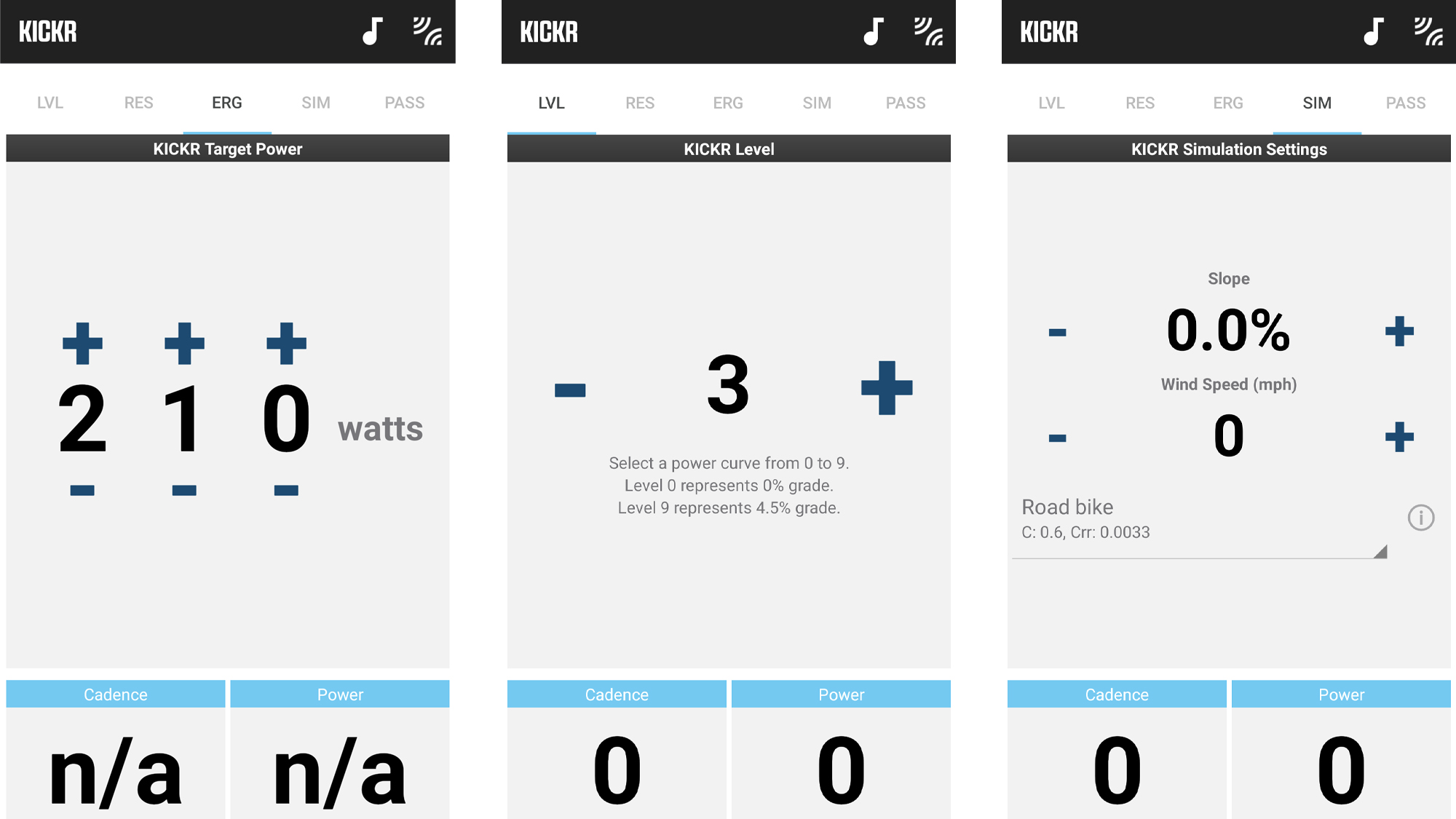
Verdict
Wahoo manages to make its second-tier Kickr Core as good as anything else on the market. When you factor in the cost of a cassette the price isn't all that different from many competitors but that's really not the story. The real story of the Kickr Core is that Wahoo has used its experience with building trainers to tune the software side. Resistance changes are incredibly fast without feeling unnatural. Support is amazing, the unit is quiet and ride feel is very good. You can see some cost savings when it comes to the aesthetics and there's no handle or folding for storage. The features you need are there and sacrifices are moderate.
Tech Specs: Wahoo Kickr Core
- Price: £699.99 / $899.99 / €799.99 / AU$1,249.95
- Multiple simultaneous Bluetooth connections: 3
- Required Bluetooth Connections: A single channel carries power, cadence, and controls
- Power Accuracy: +/- 2 %
- Max resistance: 1,800 watts
- Max simulated gradient: 16%
- Cassette Included: No
- Cassette Compatibility: Shimano 8, 9, 10, and 11 speed cassettes, XDR/XD with accessory freehub, most Campagnolo 10, 11, and 12 speed cassettes (those with 4 arms not those with 8 arms on the back) with accessory freehub
- Unit Weight: 18kg / 40lb
- Flywheel Weight: 5.44kg / 12.0lb
- Axle compatibility: QR, 12x142, 12x148
Josh hails from the Pacific Northwest of the United States but would prefer riding through the desert than the rain. He will happily talk for hours about the minutiae of cycling tech but also has an understanding that most people just want things to work. He is a road cyclist at heart and doesn't care much if those roads are paved, dirt, or digital. Although he rarely races, if you ask him to ride from sunrise to sunset the answer will be yes. Height: 5'9" Weight: 140 lb. Rides: Salsa Warbird, Cannondale CAAD9, Enve Melee, Look 795 Blade RS, Priority Continuum Onyx
